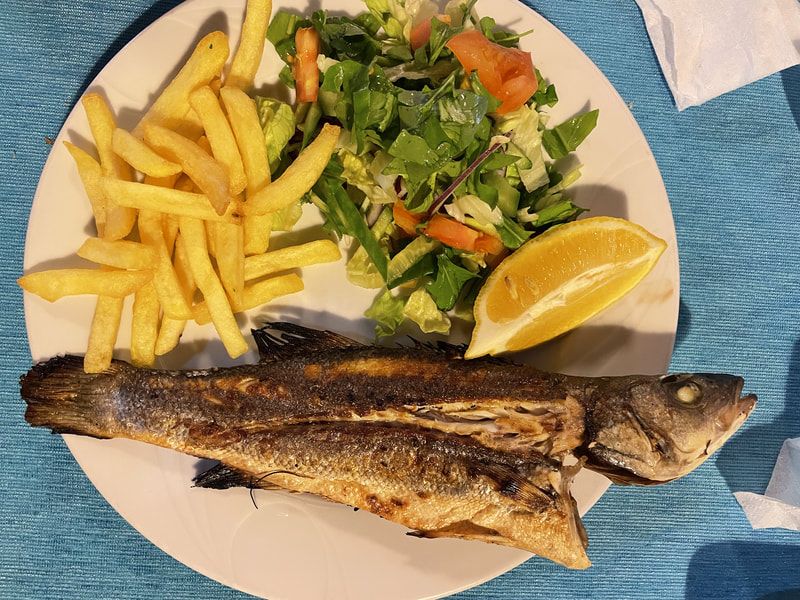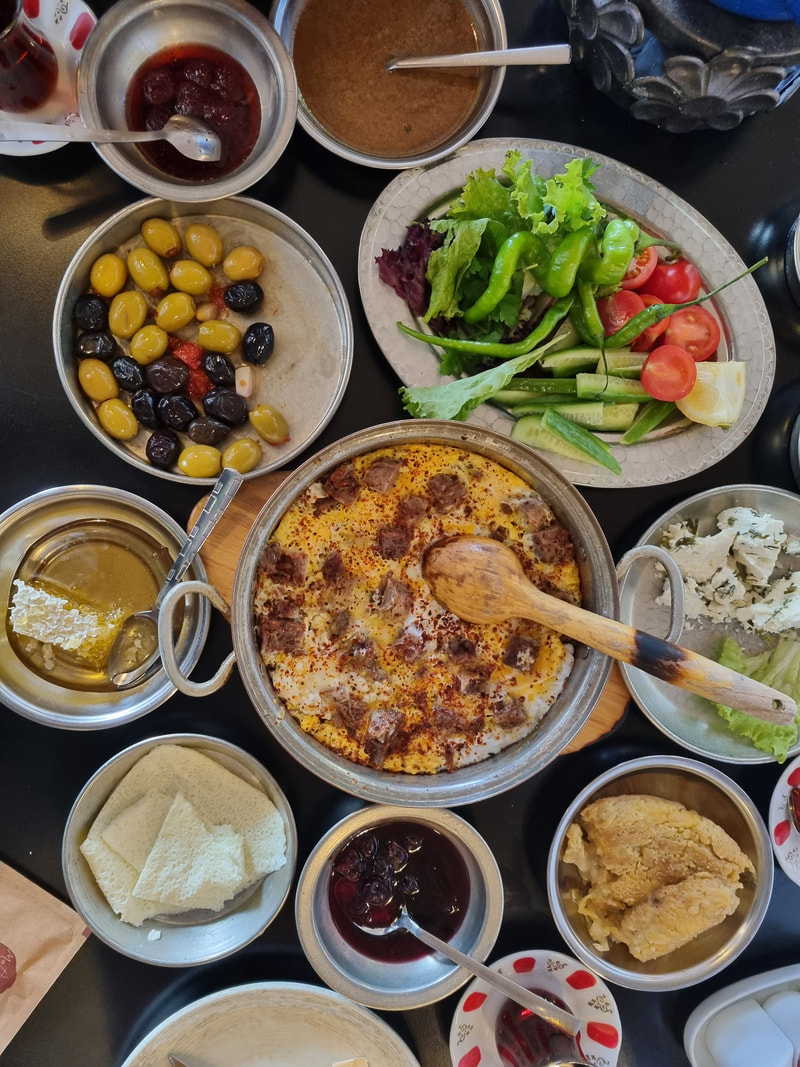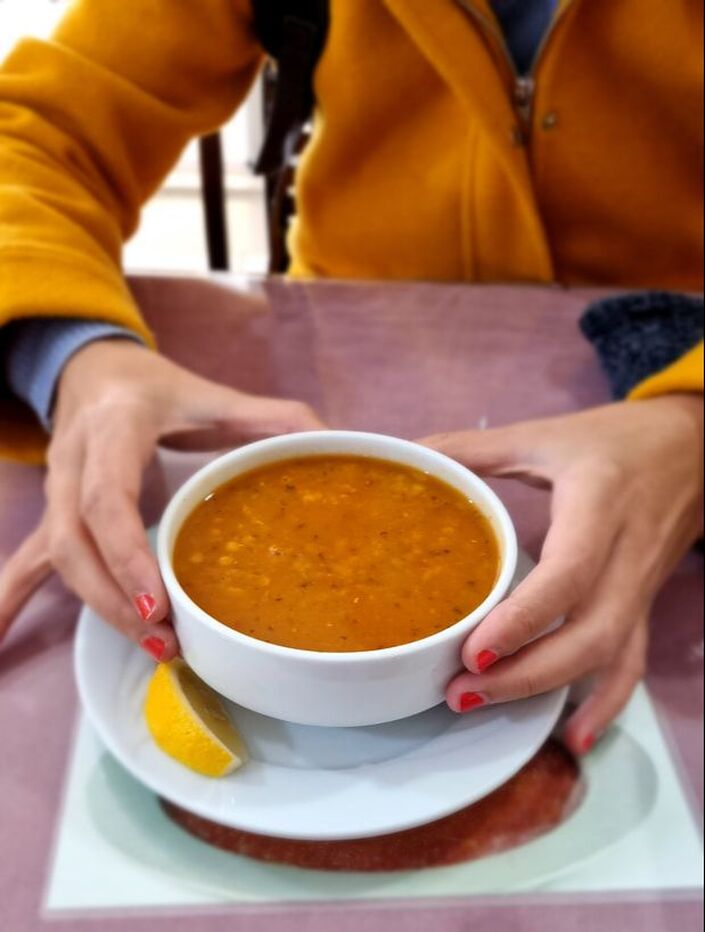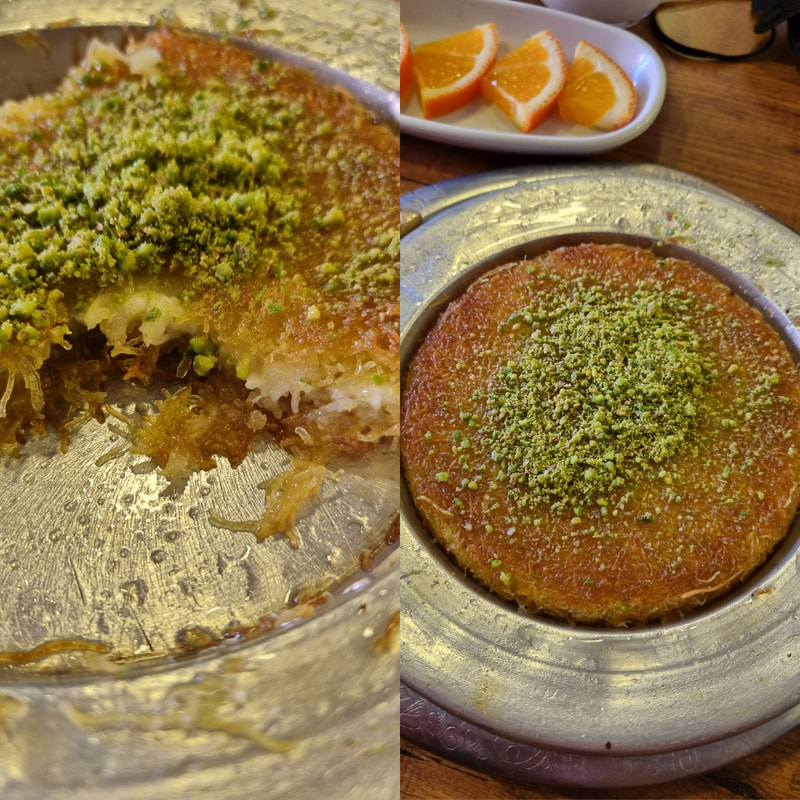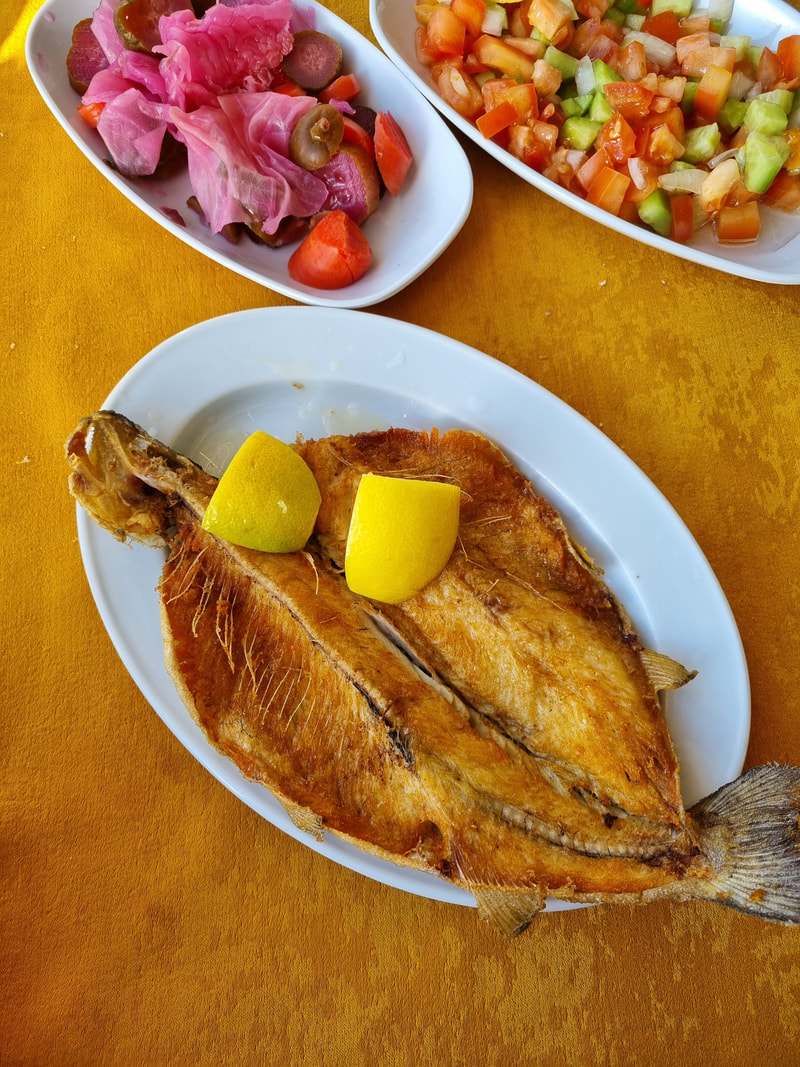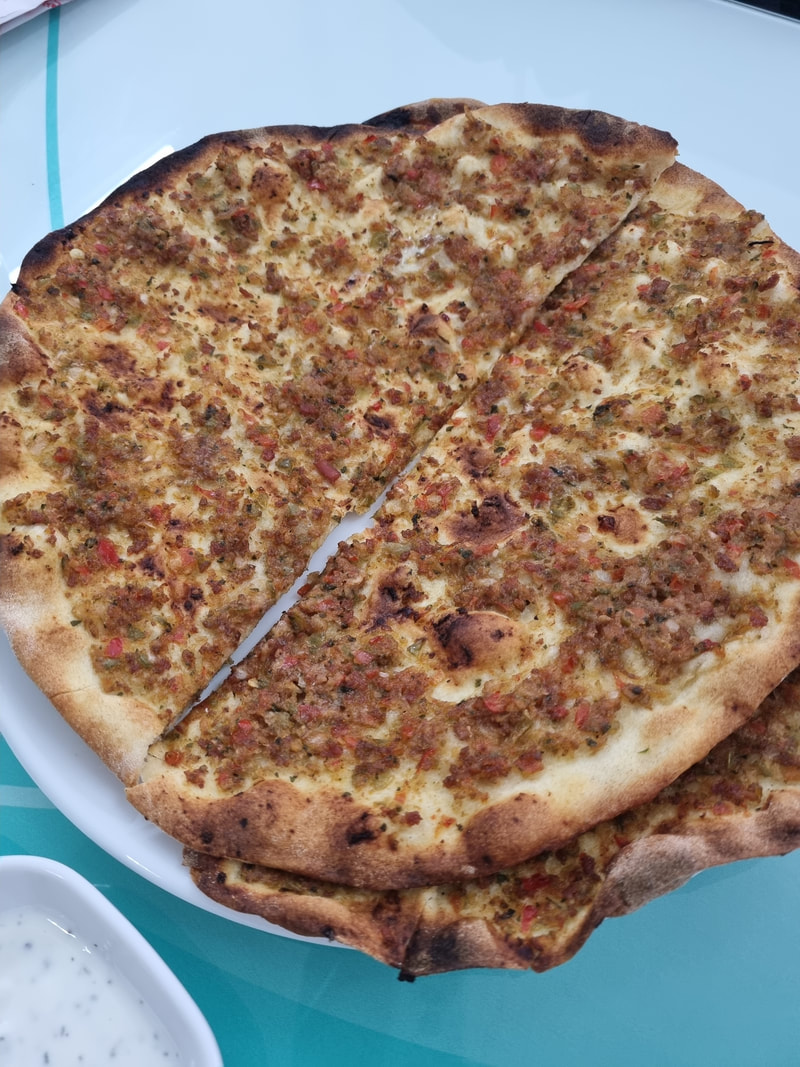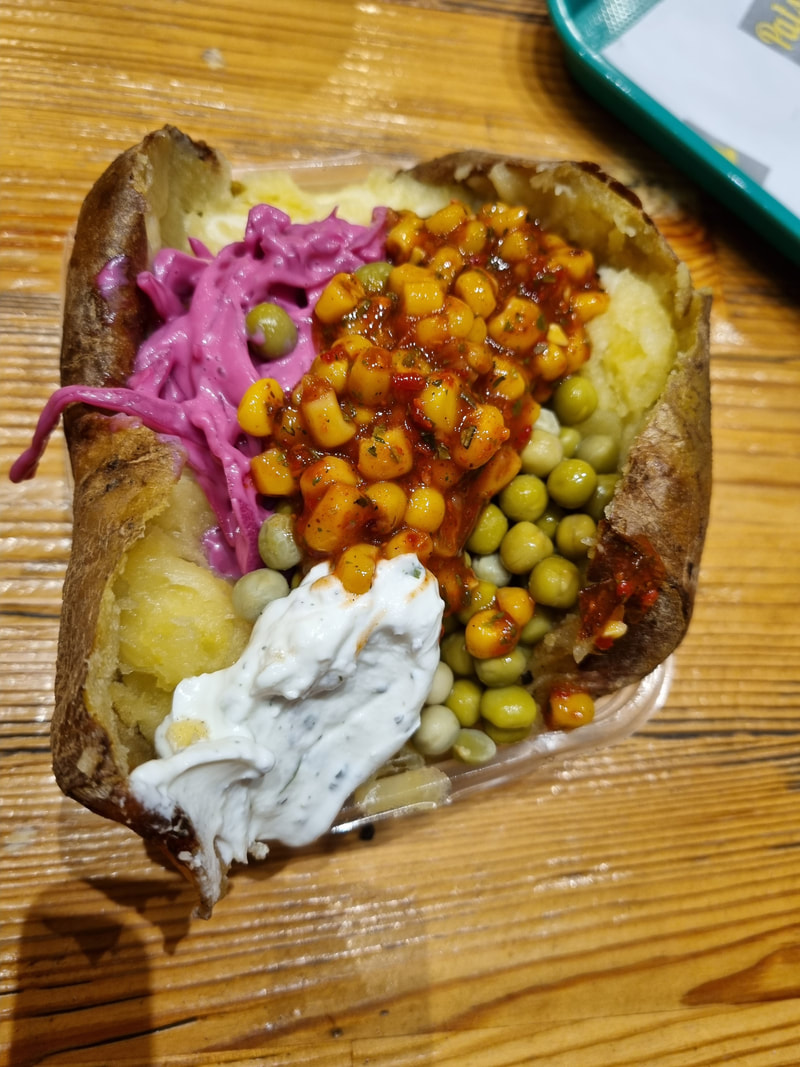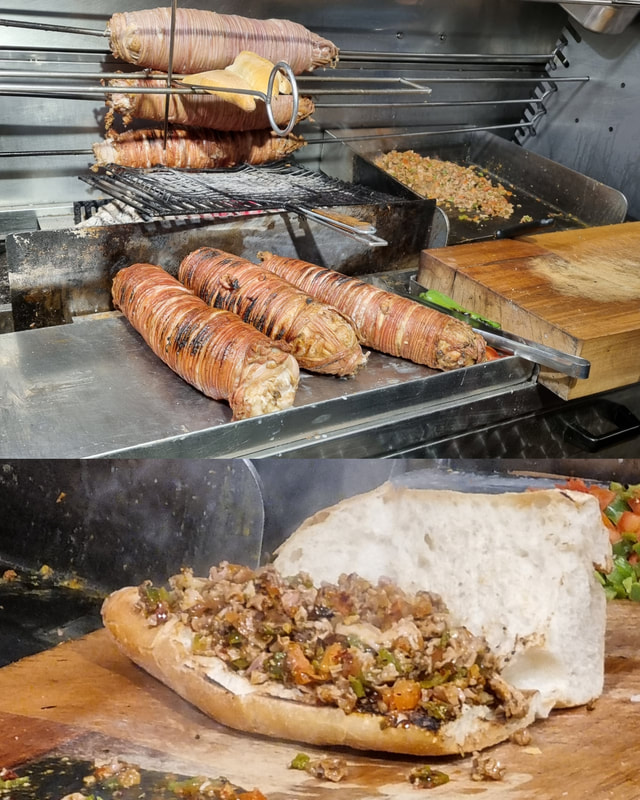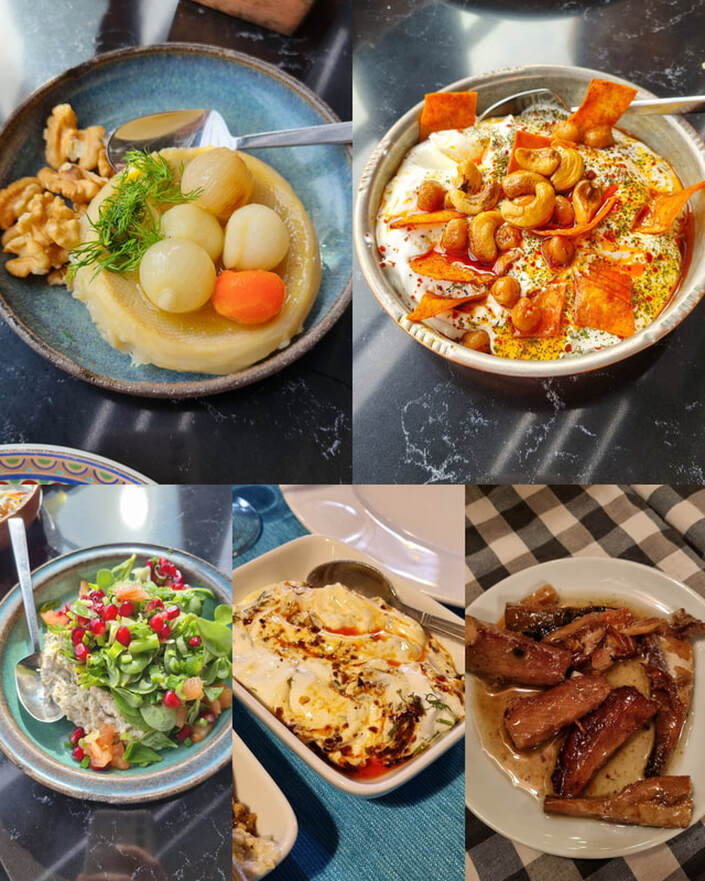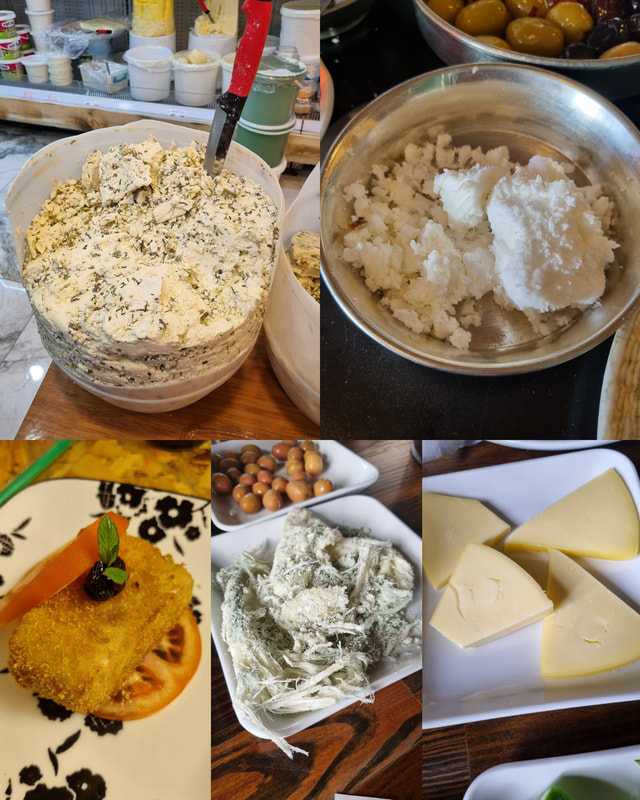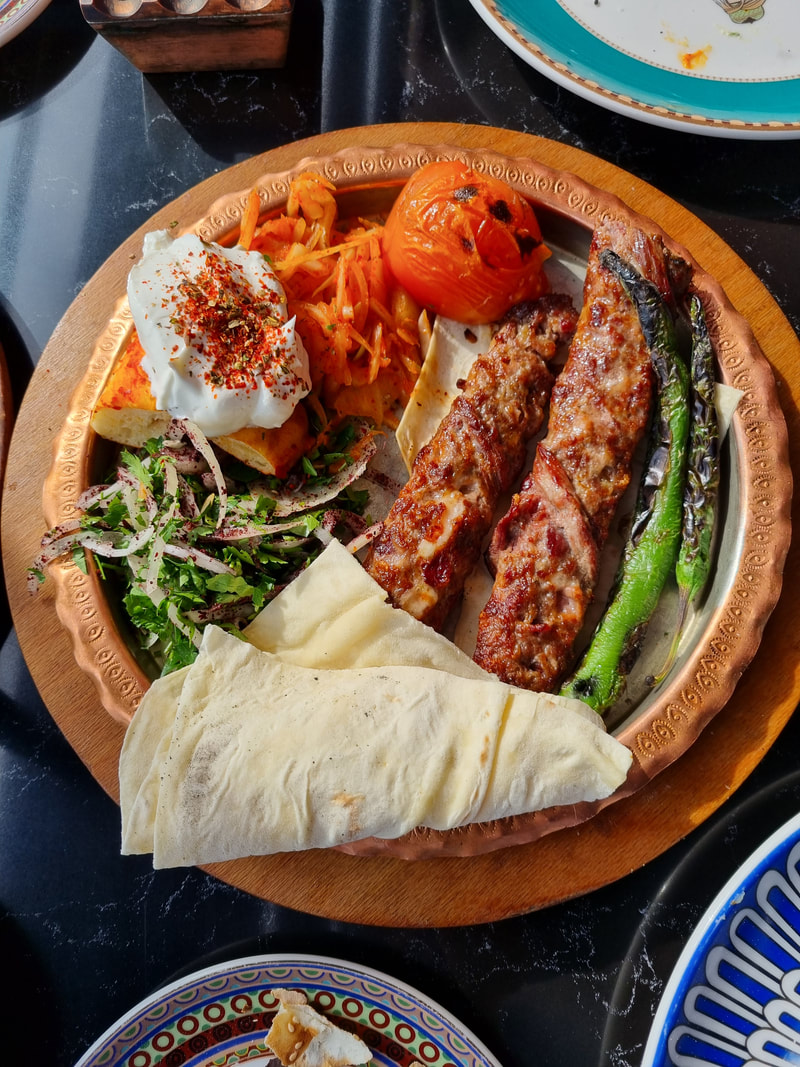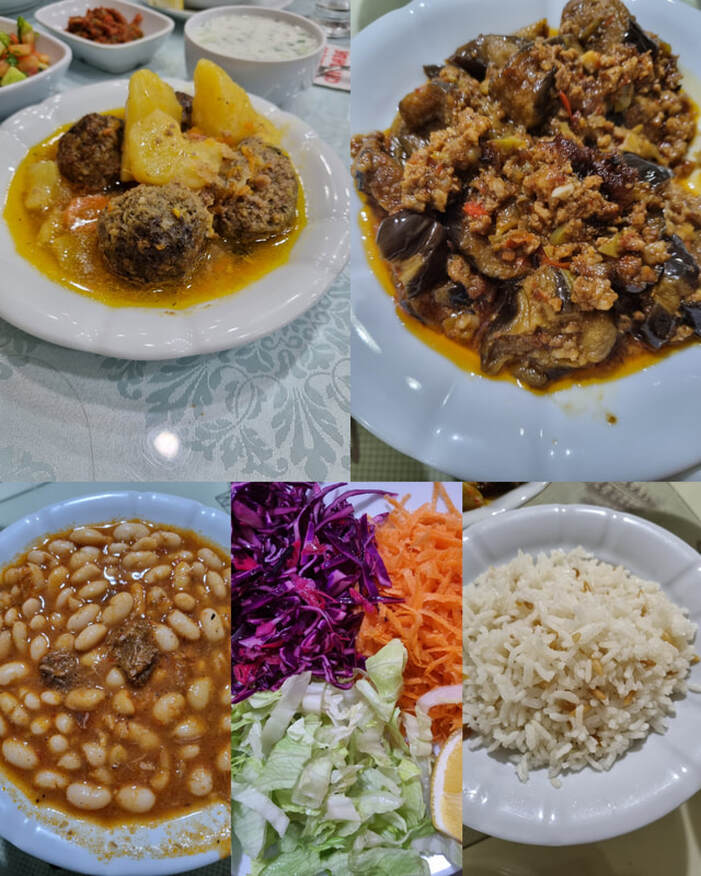|
Before I ever visited Turkey, I have always had an impression that Turkish food is mainly just kebabs. I blame this on the stigma that was set on me by Turkish restaurants in the city I live in, Kuala Lumpur. Often, Turkish food is bundled up as middle eastern, when of course this is far from true. For starters, Turkey is located in Europe and Asia, different continents altogether. This broad area means that there are amalgamations of all sorts when it comes to their cuisine – some influences from Greece, some from Middle East, and some from Eastern Europe. So when you dine in Turkey, expect a variation of things that would tantalize your tastebuds (and yes, not limited to kebabs!). Here are some delicacies that I think you should at least try when visiting. 1. A proper Turkish breakfast A Turkish breakfast is a feast. They come in a set platter, with small servings of a little bit of everything – think different kinds of cheeses, local honey, fresh selection of salads, breads, fruit preserves, and eggs prepared in your choice. The classic Turkish breakfast allows you to start the day by sampling local produce, and different regions often have different highlights, like a specialty cheese or a specific way of making eggs. Warm cups of Turkish tea will be accompanying your breakfast feast. 2. Lentil Soup It doesn’t sound very exciting, but truly, if there are only a few things you get to try and eat in Turkey, one has to be their lentil soups. The two generally popular types of lentil soup are the mild yellow and mercimek corbasi, the former a mild warming soup and the latter its slightly spicier sibling (my favourite!). Lentil soup is a popular choice for breakfast, as an entre before a meal and as a warming bowl during the cold winter months. The best part is that they are cheap and accessible pretty much anywhere around the country, especially in a local lokanta. 3. Kunefe Kunefe is a popular dessert found in Turkey, Egypt, Iran, Iraq, Israel, Jordan, Kuwait, Lebanon, Oman, Palestine, Qatar. Saudi Arabia, Syria, UAE and Bahrain (did I leave anyone out??). In general it is mainly made by from shredded phyllo, cheese, nuts and syrup, although there are actually variations of this anatomy, using different kinds of cheese, nuts, layering and ratio. Kunefe is very decadent, and the best way to enjoy it is at the café or restaurant itself, where they are prepared fresh and served piping hot for you. In Turkey, you’ll find that kunefe is a beloved delicacy. Every town, every village will have a kunefe place, and you’ll often see these places with crowds of locals taking their time to share this dessert with their loved ones. A larger kunefe place will even have a kunefe menu, where you can choose your own variation you’d like to try, or even the house special. I succumbed to having one (or two!) almost every night, and let me tell you, they were worth all the calories. 4. Seafood With long coast lines, a metropolitan revolving around the Bosphorus river and beautiful lakes, it’s no surprise that the Turks know their seafood. Sandwiched between the Black Sea and the Aegean Sea, the variations of fish and shellfish are a sight to behold, and an influence from the Mediterranean means that these are often prepared simply, relying on the freshness of the produce. If you’re wanting to give them a try, a good way is to always ask the restaurant what their specialties are – sometimes it’s their seafood mezes, sometimes it’s their trout, sometimes there are specific kinds of crabs available in the season. Honestly, I’ve never had a bad seafood dish in all my days in Turkey. 5. Local fruits Turkey is blessed with so many agricultural produce throughout its seasons. It is abundant with fruits and vegetables, thanks to the weather and fertile volcanic soils. You get to sample these of course when you eat at restaurants, but others, such as fruits, deserve no other special treatment other than you buying them fresh off the market to enjoy. If you can, pop into a local market and see what’s fresh and in season. Enjoy oranges straight off the trees. Buy a pack of strawberries and dip them in some local yoghurt. In a way, you are also supporting local farmers and small businesses too. 6. Lahmacun and Pide Lahmacun and pide are two siblings of the pizza family. The base is bread, where lahmacun is a thin crust and pide is a thicker choice made with a moat-shaped dough, and the toppings are meat, a mix of meat and vegetables, or cheese. Both can be easily found in their joints almost everywhere, kind of like how you would find pizza joints. The best kinds are always prepared in a woodfire oven, and although I have love for both of them, lahmacun is easily my favourite. Lahamacun and pide are what you would call street food – cheap, easily accessible and generally pleasing. In fact, it is a rite of passage for anyone visiting Turkey. 7. Jacket potato I mean, a baked jacket potato is good anywhere, right? Turkey is no exception! Locally known as ‘kumpir’, jacket potatoes are beloved within the culture, and you’ll find jacket potato stalls especially in Istanbul with an array of toppings, from pickled vegetables, chili-style gravy, meat, cheese and others. Relatively cheap, they are amazing for quick meals or even a snack. Be sure to try a kumpir at least once when you’re in Turkey. 8. Kokorec Now we’re in the realm of something that is considered an ‘acquired taste’ (which translates to: some people like it, others absolutely can’t brain it). Kokorec is basically grilled chopped innards – this includes hearts, lungs, kidneys of cows or goats – cooked over an open fire with spices, chopped and mixed with some vegetables and stuffed into a toasted baguette. This sandwich is enjoyed by locals, and I find it quite nice albeit a little strong sometimes. It’s one of those traditional delicacies that I feel worth trying if you’re in the Turkey, especially f you’re a fan of innards/tripes. 9. Meze Mezes are basically tapas. They’re small platters of appetizers commonly offered by restaurants, and you enjoy them with some bread before your main plates arrive. There are literally so many mezes to choose from all over the country, some seafood-based, some vegetarian-based and some showcasing local delights of the area. Ask the restaurants for their specials and give them a try! Whichever you choose, be sure to sample a little of each for the experience. My favourites are often the vegetarian ones, like a freshly made eggplant dip, hummus, and artichokes. However, the seafood ones are also often a delight, like a cured mackerel or anchovies in olive oil. Honestly, I don’t think you can ever go wrong with mezes. 10. Cheese It’s Europe after all, so expect a lot of cheese. And a lot of good cheese. As mentioned previously, a good way to sample local cheese would be through ordering a Turkish breakfast which would include some samples of cheese, but otherwise, all your dairy needs can be easily met in the widely available cheese chops, supermarkets and morning markets. Moreover, each region has their own specialty cheese for you to try. If I have to recommend, I’d say go for the goat cheese, which are white as snow, melts like butter and is not too salty. Kars cheese from the region of Kars is also beautifully made. For snacks, try the string cheese, as they are easy to pack, tasty on their own with simple flavours. 11. Kofte & Kebabs Of course it has to be in the list, it’s too obvious! Turkey has had a long history over centuries, and some parts of it involved ‘acquaintances’ with Arabia, through the spread of Islam and culture. As such, you could only expect the food would be involved in this evolution too, and the love of grilled meats in the form of wrapped goodness is no exception. In your life you’ve probably had many koftes and kebabs in various places, and Turkey should be added in that list. Another street food staple, the appeal of koftes and kebabs lie in its simplicity, accessibility and comfort. You can’t go wrong with a meat and bread combo, usually. 12. Sample Dishes at a Lokanta
A Lokanta is basically a mixed rice place. There are dishes on display, sometimes as little as five and as much as thirty different ones, and you can order a portion of whatever you’d like and eat them together. Lokantas are great for the low prices, but it’s also an amazing opportunity to try out different local dishes in one place. In the more outer skirts of the city or small villages, lokantas are usually family run places, and food are cooked home-style, and you know how good mom and pop places usually are…. Dishes usually vary from vegetable-based, meat-based and warming stews, with simple staples like bean soups, delicious rice and local desserts. Most of my adventures in a lokanta involves just randomly pointing at dishes and trying things out. Which is, in my opinion, the best way to eat at a lokanta. |
Archives
May 2024
Categories
All
https:/
/www.bootsoverbooks.com/
|
